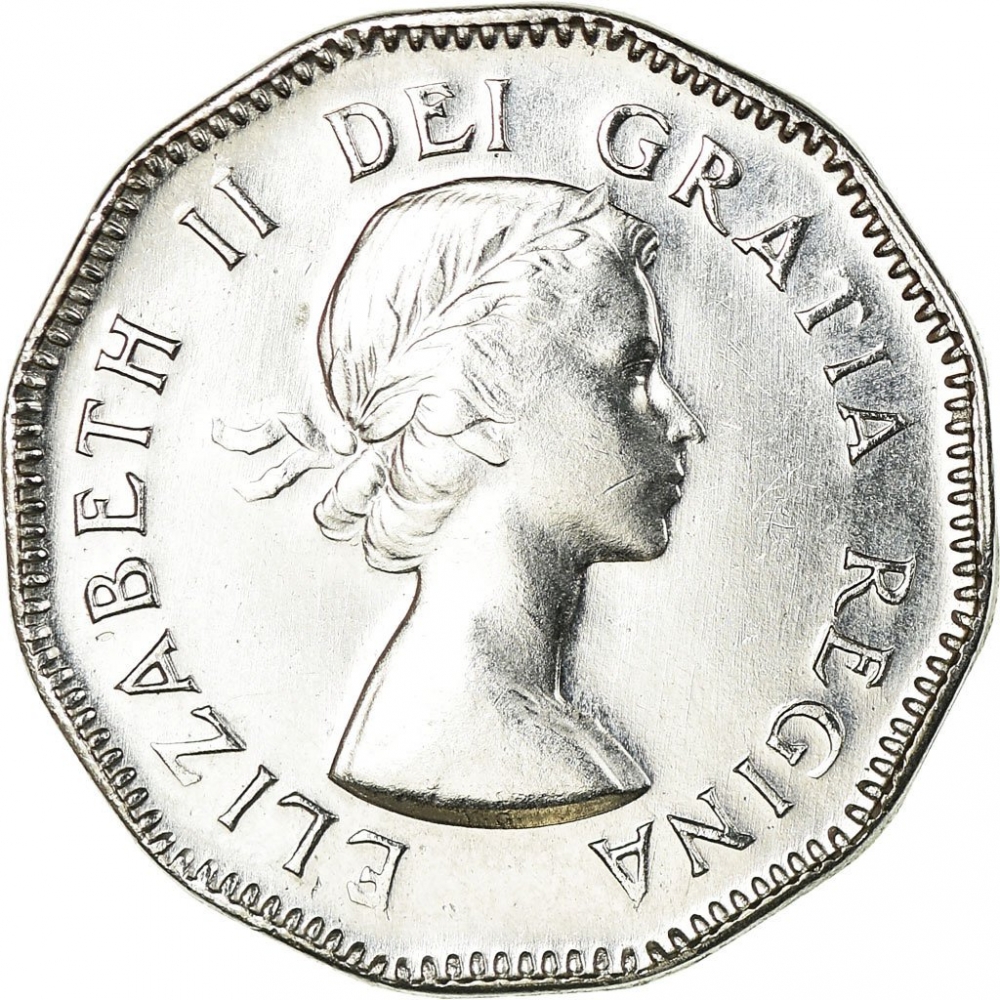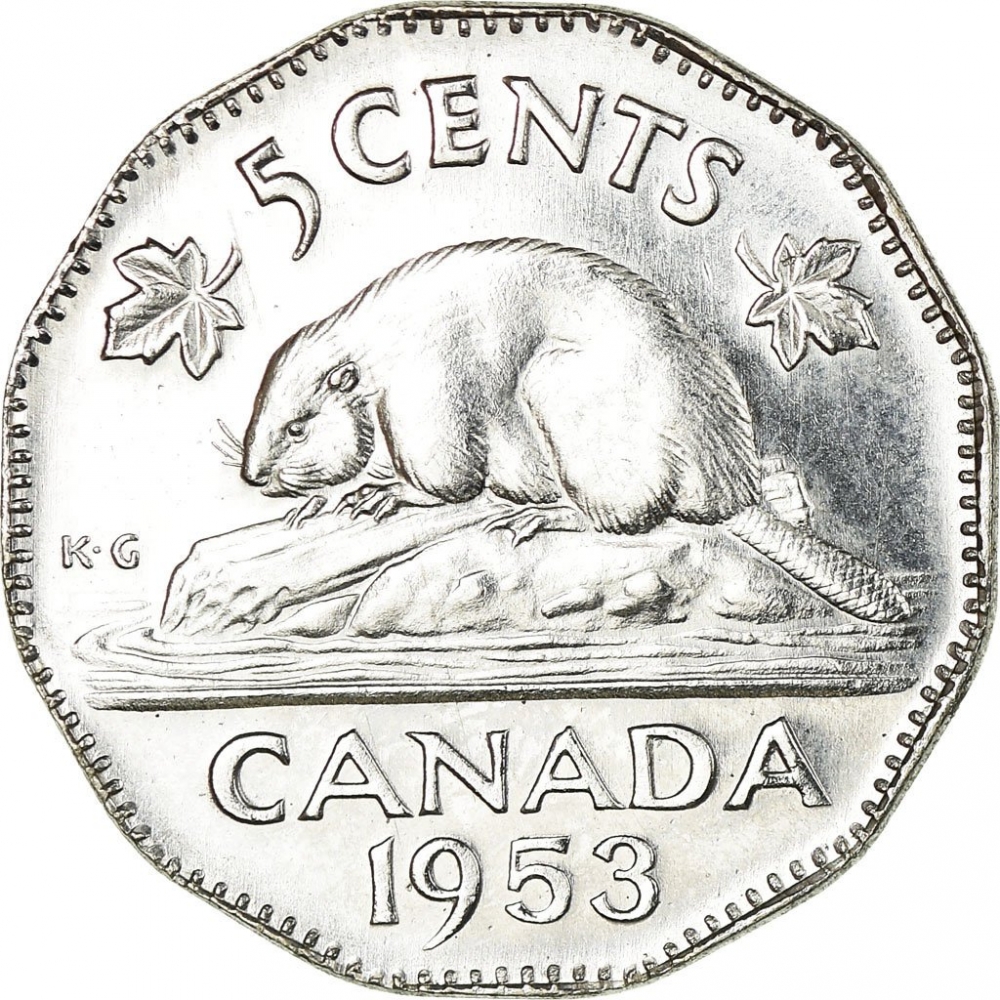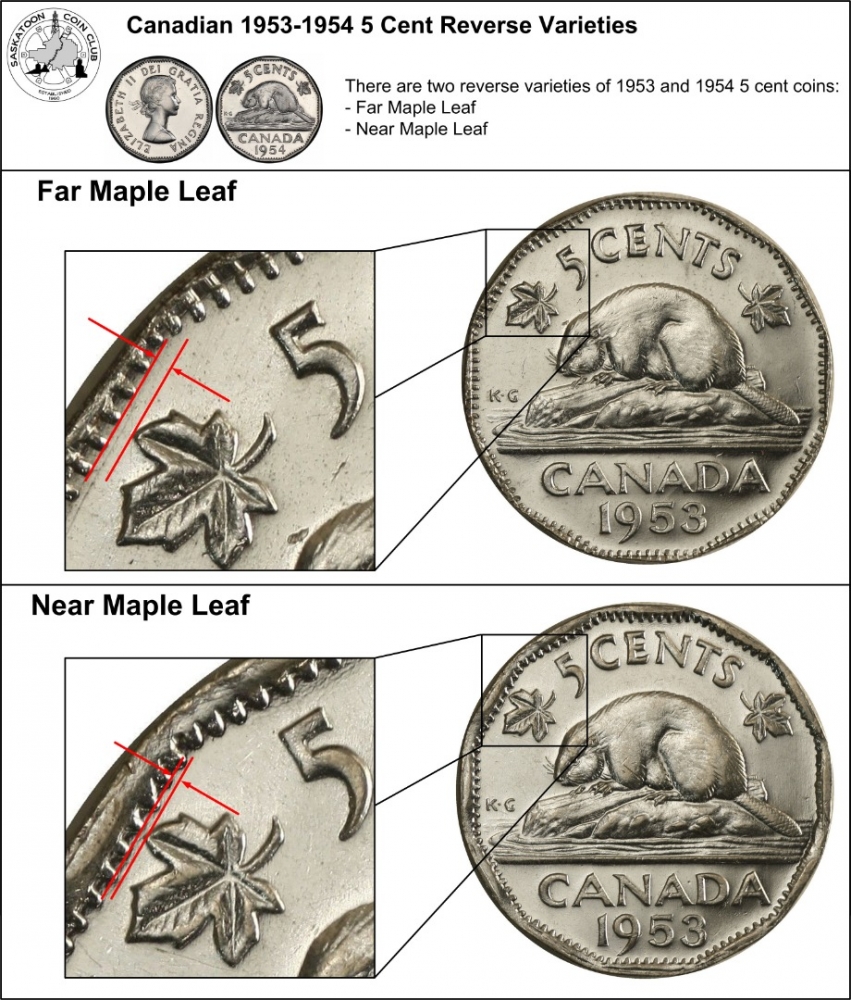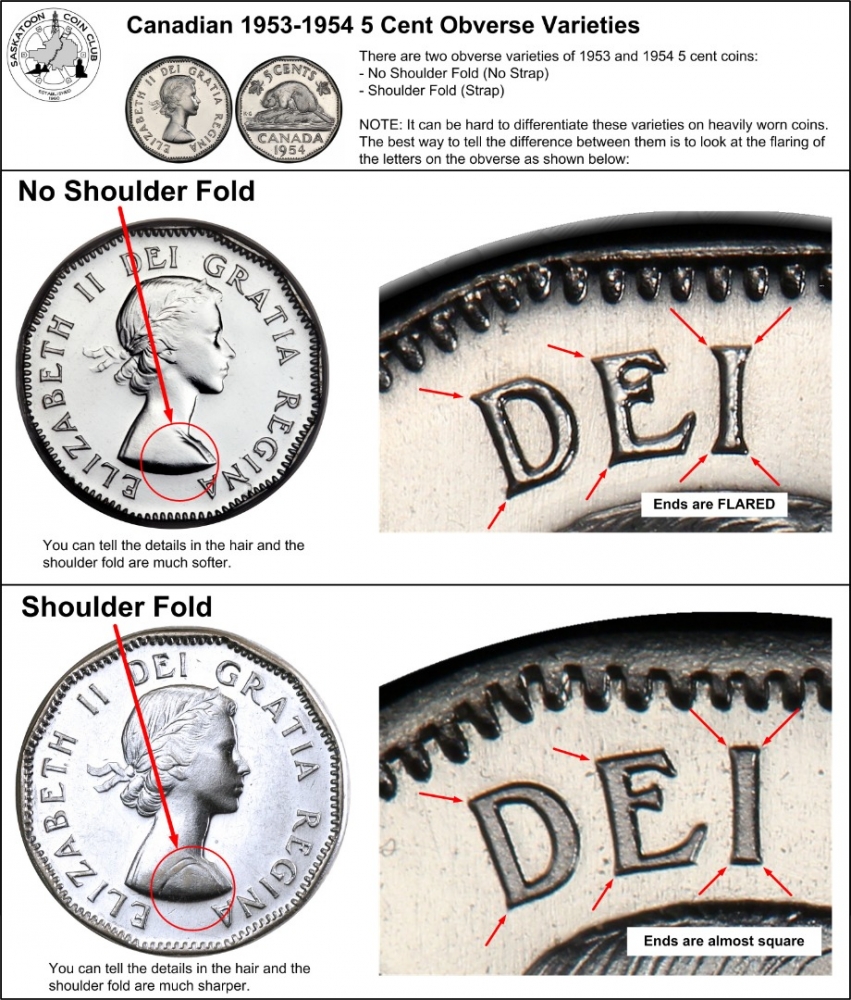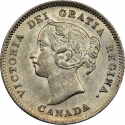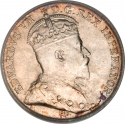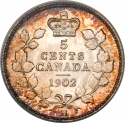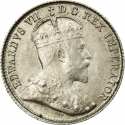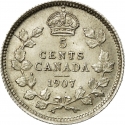You are about to finish your registration. Please check your mailbox (including spam folder). There should be a letter with a confirmation link. Check setting to make sure that your e-mail address is correct.
Send letter againDescription
The beaver has a long history in Canada as both commodity and cultural icon. The Hurons honoured the beaver hundreds of years ago as the totem of their tribe. Native peoples used the beaver emblem to sign treaties with the first colonists. Since then the beaver has appeared in the heraldic bearings of Québec City and Montreal and even marked Canada's first postage stamp. The beaver coin design was created by Canadian artist G.E. Kruger Gray and was first used in 1937.
There are two major variations for the reverse:
1. Far Maple Leaf
2. Near/close Maple Leaf
This refers to the maple leaves on either side of the "5 CENTS" and their proximity to the beading on the coin's rim. The 'near' variety is almost touching the rim.
Two more varieties exist on the obverse of the coin:
1. No Shoulder Fold
2. Shoulder Fold
The shoulder fold refers to two faint lines/markings on the right-side of Elizabeth's shoulder, extending over toward her lower back.
Elizabeth II (Elizabeth Alexandra Mary; 1926–2022) was Queen of the United Kingdom and of 14 other Commonwealth realms. Her reign of 70 years and seven months, which began on 6 February 1952, was the longest of any British monarch in history.
When her father died in February 1952, Elizabeth—then 25 years old—became queen regnant of seven independent Commonwealth countries: the United Kingdom, Canada, Australia, New Zealand, South Africa, Pakistan, and Ceylon (Sri Lanka), as well as Head of the Commonwealth. Elizabeth reigned as a constitutional monarch through major political changes such as the Troubles in Northern Ireland, devolution in the United Kingdom, the decolonisation of Africa, and the United Kingdom's accession to the European Communities and withdrawal from the European Union. The number of her realms varied over time as territories have gained independence and some realms have become republics.
Times of personal significance have included the births and marriages of her children, grandchildren, and great grandchildren, her coronation in 1953 and the celebrations of her Silver, Golden, Diamond, and Platinum jubilees in 1977, 2002, 2012, and 2022, respectively.
Obverse

|
First portrait of HM Queen Elizabeth II (laureate bust) facing right, wearing a wreath. It was introduced in 1953, one year after the Queen acceded to the throne. It captures the grace and youth of the 26-year-old new Queen. Her hair is restrained by a laureate crown which is tied with ribbons at the back of her head. The Queen's shoulders are bare and the truncation follows the curve of the coin. The engravers initials M.G. are incuse, generally faint, and are located on the raised edge found at the base of the bust. ELIZABETH II DEI GRATIA REGINA |
|---|---|
Reverse

|
Depicts a beaver (left) on a rock in a river, over the country name and date, facial value above, flanked on both sides by a maple leaf. 5 CENTS |
| Edge |
5 Cents
1st portrait
KM# 50 Schön# 49
Shop now (1 offer)
Characteristics
| Material | Chrome Plated Steel |
| Weight | 4.54 g |
| Diameter | 21.234 mm |
| Thickness | 1.7 mm |
| Shape |
|
| Sides | 12 |
| Alignment | Medal |
| Mint |
Royal Canadian Mint (RCM)
|
